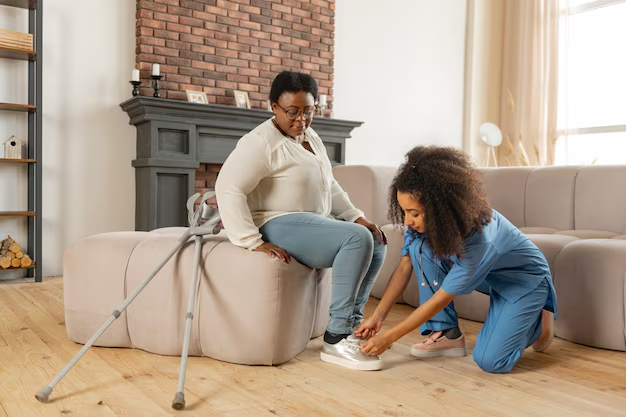Maximizing Your Medicare Coverage for Orthotics
For many seniors and individuals with specific medical needs, orthotics can significantly enhance quality of life. But the cost of these devices, which are critical supports for those with certain foot, leg, or back issues, can be daunting. The good news is, you might be able to get orthotics covered by Medicare, making them more accessible and affordable. Here’s how to navigate this process effectively.
Understanding Medicare Coverage
Medicare Part B is the section of Medicare that typically covers medically necessary services and equipment. Orthotic devices fall under the category of Durable Medical Equipment (DME), and for Medicare to cover them, they must be deemed medically necessary by a healthcare provider.
Key Steps to Get Orthotics Covered
Consult with Your Doctor: The first step is always to discuss your symptoms or conditions with your healthcare provider. Your doctor can evaluate whether orthotics are a medically necessary part of your treatment.
Obtain a Prescription: If your doctor determines that orthotics are necessary, they will write a prescription. This prescription is crucial because, without it, Medicare will not consider covering the cost.
Choose a Medicare-Approved Supplier: It’s essential to purchase orthotics from a supplier enrolled with Medicare to ensure coverage. Verify the supplier’s status to prevent unexpected out-of-pocket expenses.
Submit the Claim: Typically, the supplier will handle the claim submission to Medicare. Ensure all necessary documentation, including your prescription and any physician’s notes, is included to avoid denial of the claim.
Stay Informed About Coverage Limits: Medicare often covers 80% of the approved cost of DME like orthotics, meaning you might be responsible for the remaining 20% unless you have additional Medigap insurance.
Diving Deeper into Financial Assistance
While Medicare offers substantial help, additional financial assistance might be necessary, especially for those on a fixed income. Here’s a glimpse into the broader world of support available beyond Medicare.
Government Aid Programs might offer further assistance. Programs such as Medicaid can help those with lower incomes, providing more comprehensive coverage than Medicare alone.
Consider exploring financial assistance programs like the Low-Income Home Energy Assistance Program (LIHEAP) which, although not directly related to health, can help free up funds for other critical expenses by subsidizing utility payments.
In times of financial strain, debt relief options may become necessary to manage overall finances. Engaging with nonprofit credit counseling services can provide guidance on managing medical expenses alongside other financial obligations.
Educational grants are another resource, especially if you or someone in your family is pursuing further education. These can free up personal resources for other commitments like healthcare.
Quick Tips for Maximizing Benefits
- Always keep documentation: Maintain organized records of doctor visits, prescriptions, and any claims submitted to Medicare.
- Regularly review your plan options: Medicare plans can have different coverage levels, so ensure your plan is optimized for your current needs.
- Stay informed about policy changes: Medicare policies can change, so staying up-to-date ensures you’re not missing out on new benefits.
By understanding the coverage available through Medicare and knowing where to turn for additional financial assistance, you can help alleviate some of the burdens of healthcare costs and focus on living a healthier, more comfortable life.
Financial Assistance and Resources You Should Consider
- 🏥 Medicaid: Provides additional healthcare coverage for eligible low-income individuals.
- 💳 Credit Counseling: Nonprofit agencies offer advice to manage debts and budgeting strategies.
- 🏢 Community Assistance Programs: Local organizations often provide financial aid for specific needs.
- 🎓 Educational Grants: Helps fund further education, freeing personal finances.
- 🔌 LIHEAP: Assists with utility costs, reducing overall financial strain.
By leveraging these resources, you can better manage your orthotics costs and explore ways to improve financial stability.

Related Topics
- Am I Elgible For Medicare
- Am I Enrolled In Medicare
- Am I Qualified For Medicare
- Are Adult Diapers Covered By Medicare
- Are Chemotherapy Drugs Covered By Medicare Part d
- Are Colonoscopies Covered By Medicare
- Are Covid Tests Covered By Medicare
- Are Cpap Machines Covered By Medicare
- Are Cpap Supplies Covered By Medicare
- Are Dental Implants Covered By Medicare